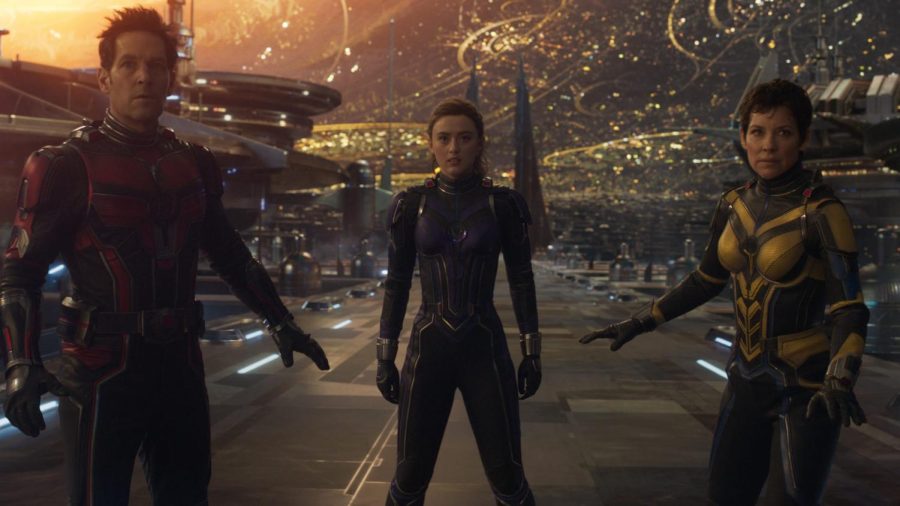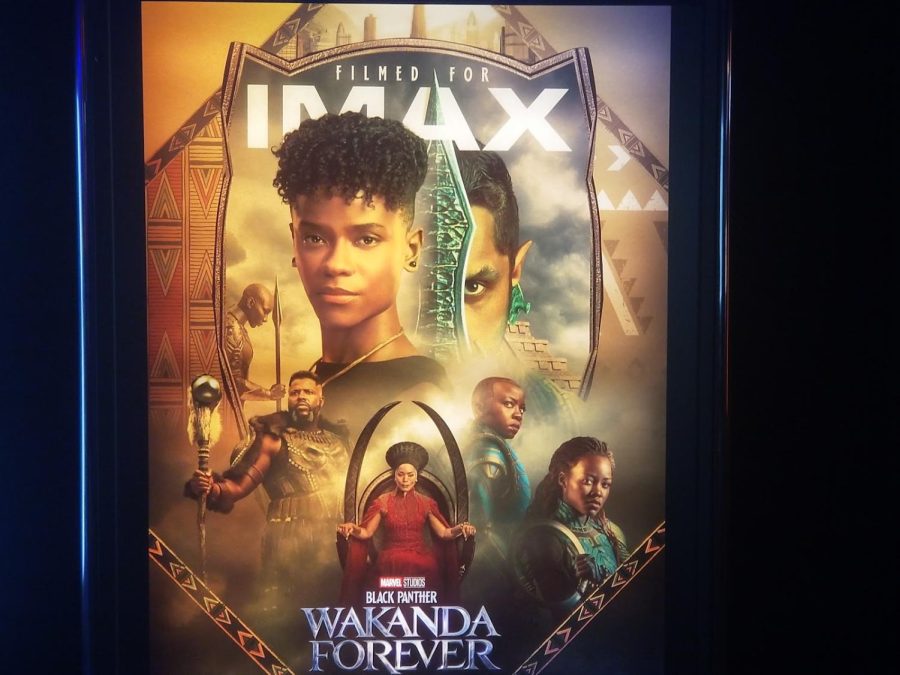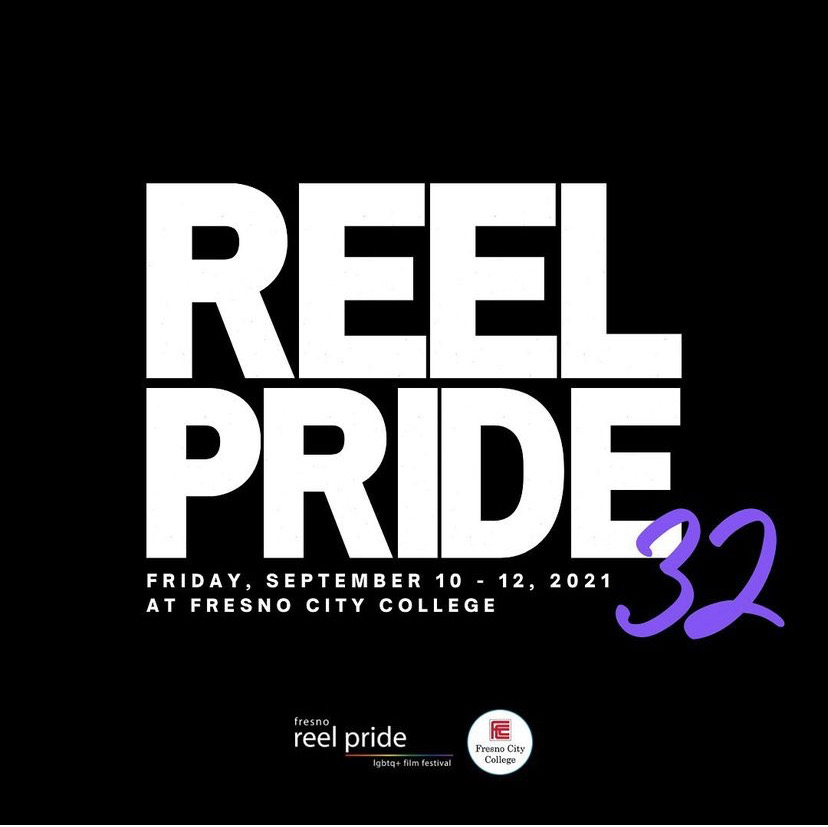After months of anticipation, “The Hunger Games” was released nationwide Friday. Many FCC students were clamoring to get their hands on a ticket this past weekend.
Based on the trilogy of novels by Suzanne Collins, this first of three films follows the female protagonist, Katniss Everdeen as she struggles to overcome the tribulations of the 74th annual Hunger Games.
Katniss, played by Jennifer Lawrence, was born and raised in District 12, the nation’s mining district.
Each of the nation’s 12 districts are divided by the function they serve, with each district having its own level of class and education. Thus, mining and fishing districts contain lower classes of individuals than the Capitol District.
Each year, one boy and one girl between the ages of 12 and 18 are selected to represent their district in the Hunger Games. The rules of the games require that these children fight for the death in order to receive both glory and a year’s worth of food supplies for their district.
The filmmakers used clever filmmaking techniques to shape the contrasting settings. Color saturation and contrasts were used throughout the film to differentiate between the livelihoods found within the varying districts. Similar to Dorothy’s transportation from her black and white farm in Kansas to the bright and color-saturated world of Oz. Katniss is removed from her bland, dystopian district and moved to a profoundly different landscape full of color and flair.
The acting from most cast members was superb. The two most notable feelings coming across from the leading roles were the panic that was invoked by the immediacy of the events, and a constant sense of foreboding brought about by the new and unknown.
That being said, the pace of the first half struggled to provide deep character dimensions. The rushing of scenes and the trimming of dialogue was necessary to keep the film short enough without damaging the continuity of the storytelling, yet the first half of the film felt unsubstantial as a result of the director’s balancing act.
At times, these cuts and abbreviations made it difficult to fully capture the seriousness and totality of the events unfolding on screen. It felt as though the film required patience, vigilance and understanding from the audience.
All things considered, “The Hunger Games” was a good film. The film’s adaptation of the novel provides the same key components of storytelling and is a respectable telling. Though the serious nature building up to the Hunger Games was somewhat rushed, the games themselves are thrilling and intense. In the end, audience members should be satisfied with the result.
Hunger Games Satisfies
Story By: Matthew Elliott, Rampage Reporter
April 11, 2012
Story continues below advertisement
0
More to Discover











